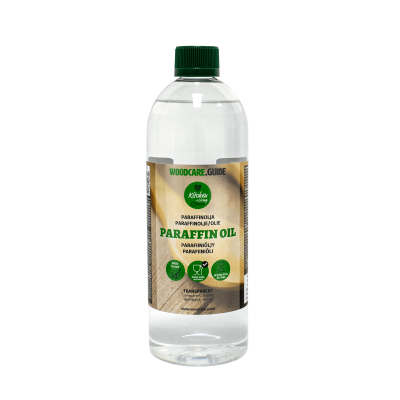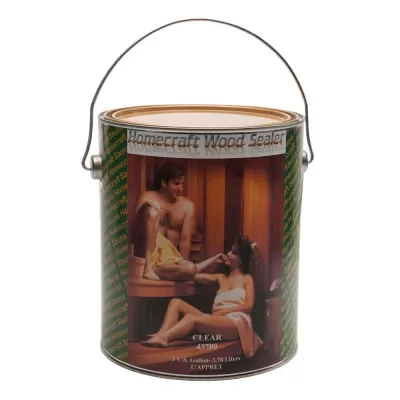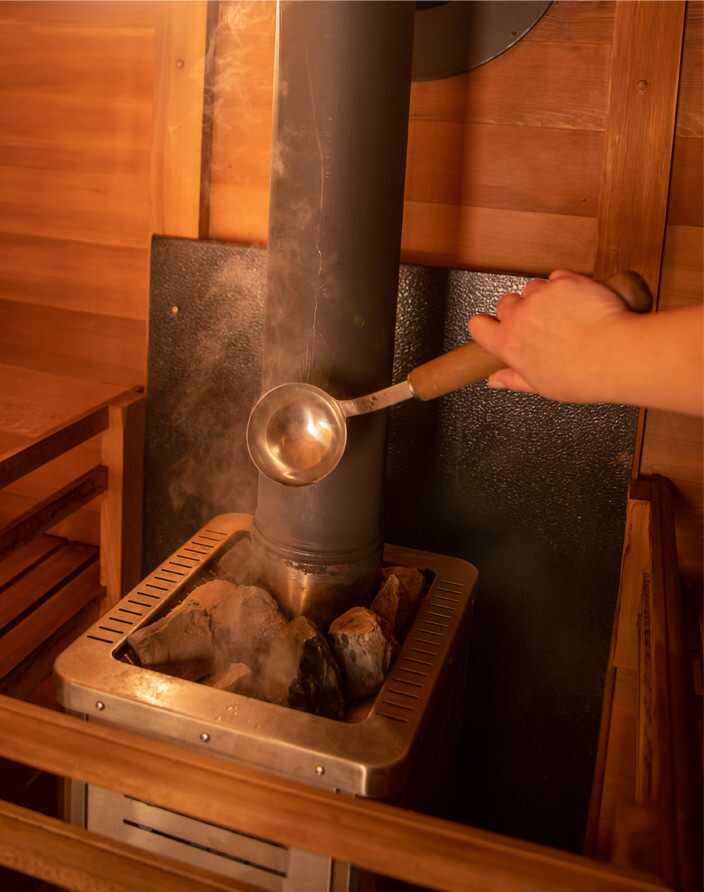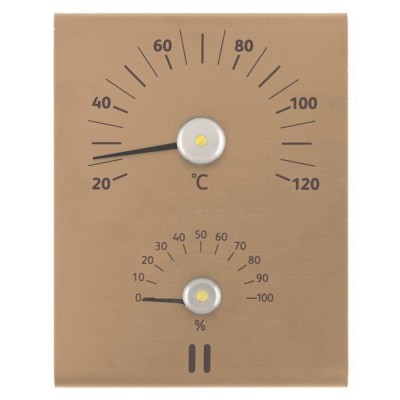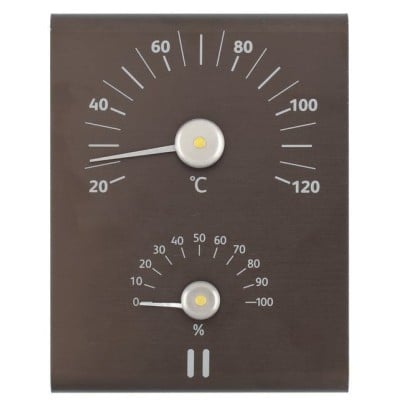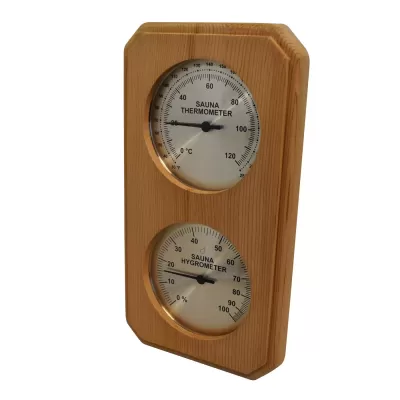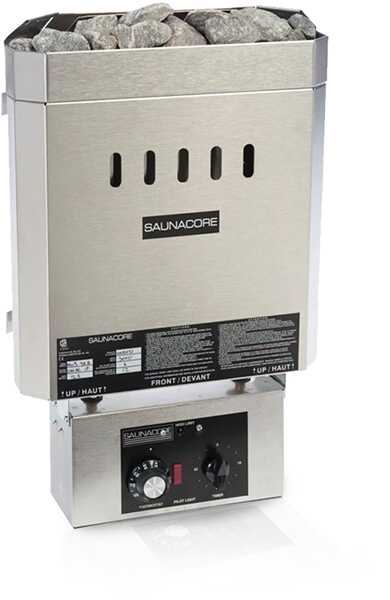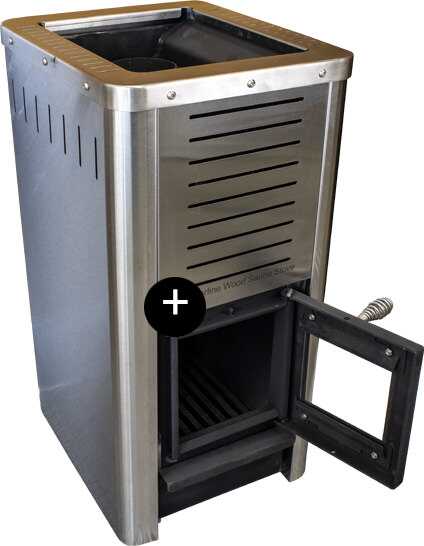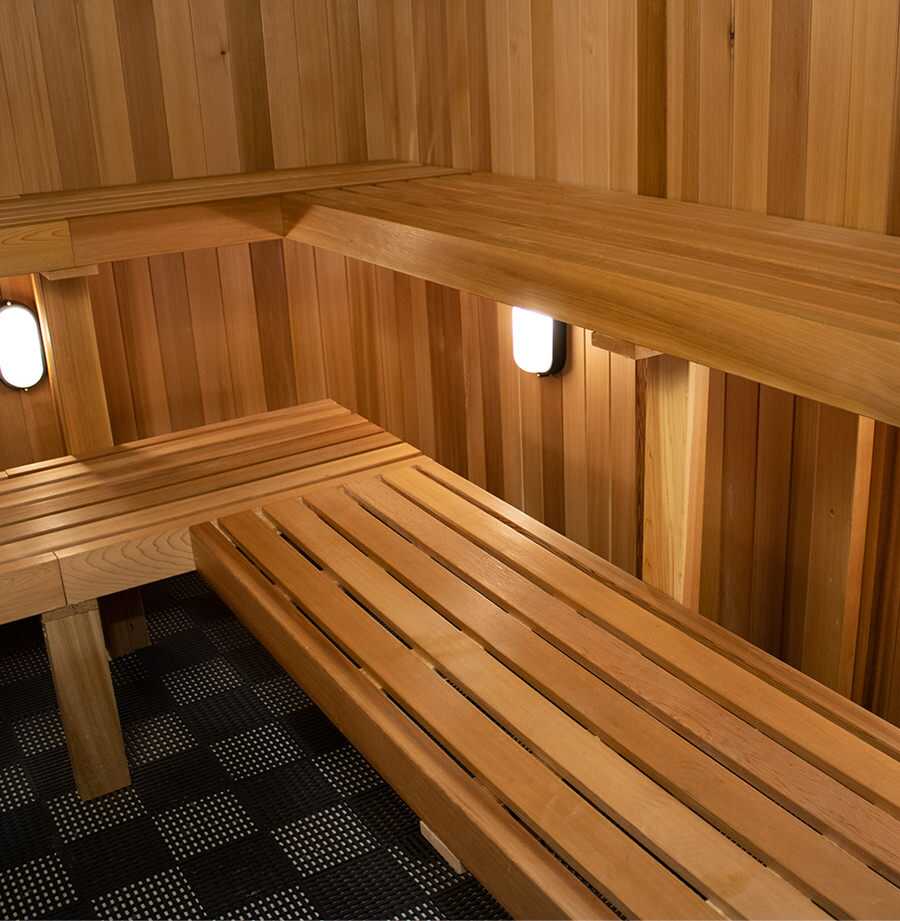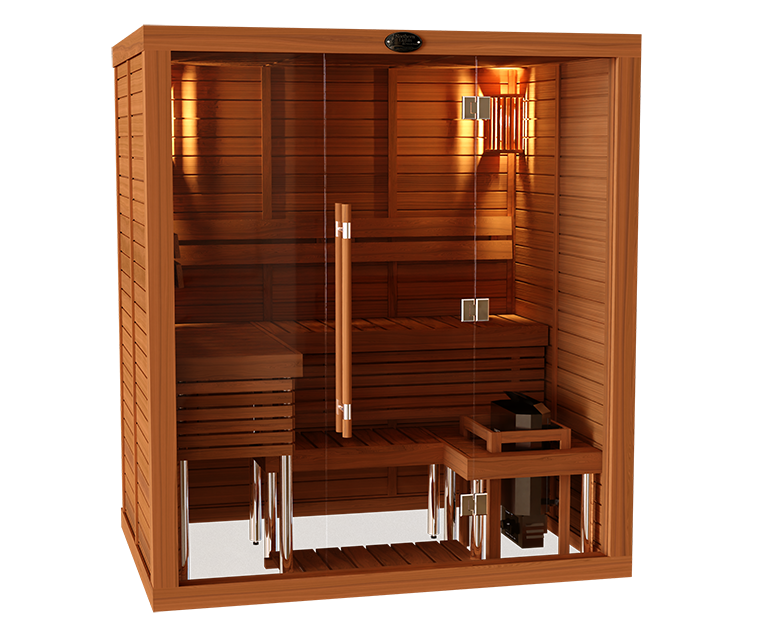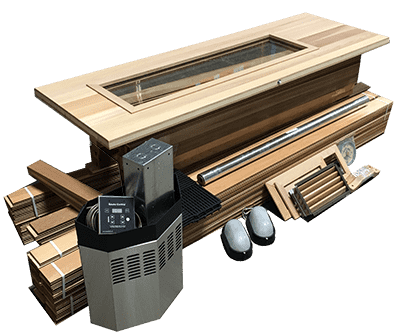When it comes to outdoor relaxation and wellness, few additions compare to the rustic charm and therapeutic benefits of an northern lights outdoor barrel sauna.
These beautifully crafted, self-contained units have become
increasingly popular among homeowners who value well-being and want to
elevate their outdoor living spaces. With the convenient, all-inclusive
barrel sauna options from Northern Lights Cedar Saunas, enhancing your
backyard has never been easier.
Northern
Lights’ outdoor barrel saunas are expertly engineered using multiple
wooden planks formed into a cylindrical shape, sealed with two circular
end walls. This simple, efficient structure allows the sauna to be
shipped almost anywhere and assembled by one or two people within just a
few hours—while still delivering a truly authentic sauna experience
marked by rolling heat and rising steam.

Faster Heating
The
curved design reduces unused airspace, enabling the heater to warm the
room quickly. An outdoor barrel sauna can reach optimal heat in just
30–45 minutes.
Even Heat Distribution
Because heat rises, traditional saunas often have warmer upper areas. However, the curved interior of a barrel sauna pushes rising heat down the sides and back into the room, allowing warmth to circulate evenly throughout.
Energy Efficient
By
maximizing usable air space and utilizing thick wooden planks as
natural insulation, these saunas require less energy to heat. The
exterior stays cool to the touch, and regular use can even help lower
utility costs.
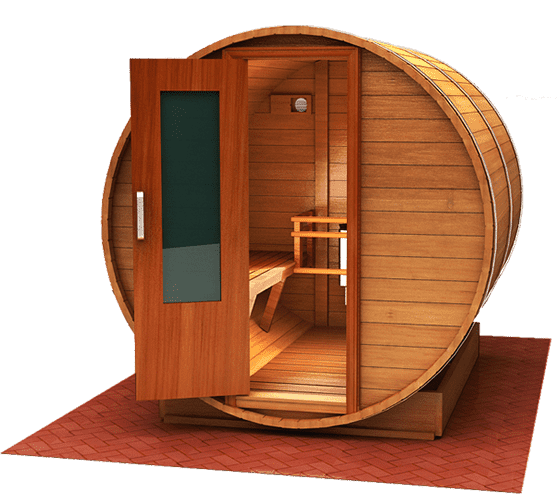
Low Maintenance
Designed
specifically for outdoor environments, the barrel sauna naturally sheds
water and withstands heavy snow loads. Polymer support cradles protect
against moisture and insects, allowing the sauna to sit securely on any
flat surface with virtually no ongoing maintenance.
Built to Handle Temperature Changes
The
wood naturally expands and contracts with steam and heat. Instead of
relying on excessive fasteners that can cause splitting, the structure
uses steel bands that allow the wood to flex safely—extending the
sauna’s lifespan.
Northern Lights Cedar Barrel Saunas
offers durable, long-lasting outdoor barrel saunas that require no
foundation—simply set the cradles on pavers, blocks, a deck, or a
concrete pad. With a rounded roof designed to handle snow effortlessly,
these saunas are built for all seasons. To choose the perfect outdoor
barrel sauna for your home, visit their website or call 1-800-759-8990
or 1-204-977-1674.



